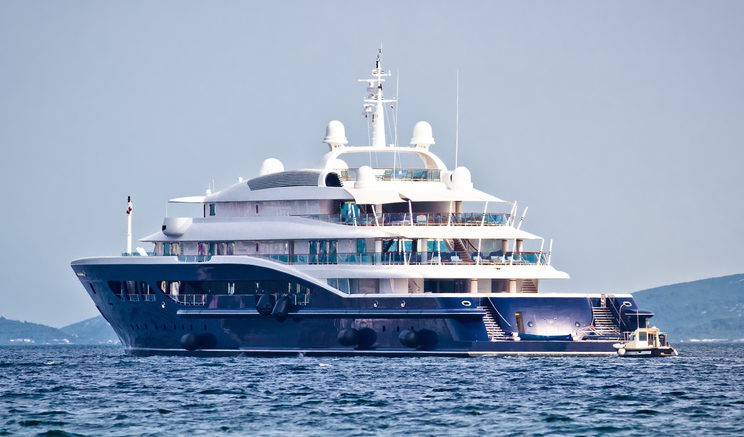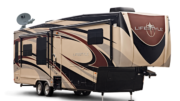Days are getting warmer fast, and that means more time spent on the water. While it’s great to get fresh air and sunshine, there are still going to be some times you just want to settle in front of “the tube” if you’re out on the boat for a while. I don’t blame you. It’s part of your life on land, and why should you give it up on the water?
How you get live TV on a boat
Comes right down to it, there are three ways you can get live TV on a boat. I’ll call them, “good, better, and best.”
Good: streaming
At this point I hardly need to introduce you to the world of streaming. It’s a growing part of our everyday lives. But, streaming while you’re on a boat is a little harder. You’re relying on a land-based cellular network. That network’s going to be unreachable once you’re about 3 miles offshore. Add a cell phone signal booster to your boat and you can get up to 10-mile range. That’s enough for most folks but at that distance, data speeds won’t be great. You can get satellite internet, and increase that to 100 miles offshore. It’s more affordable than ever, but it’s still a bit of an investment.
You’ll also need a way to watch live TV. You can sign up for DIRECTV Stream, Sling, or one of the other live TV services if you want. But, you may not get your local channels. These services don’t offer all the locals that regular old pay-TV offers, and that means you may miss out on the shows you want to watch.
Better: over-the-air antenna
You probably think over-the-air antennas went out with disco suits and Lincoln Continentals. Truth is, today’s antennas are smaller and more sensitive than ever. An antenna smaller than a large pizza can pull in channels from over 50 miles away. That gives you access to local TV channels pretty much everywhere you sail, as long as you don’t get too far from home.
Over-the-air antennas are an inexpensive one-time purchase. But, they’re not perfect either. Service tends to disappear if you’re going more than 10-15 miles per hour. That’s by design; in the 1990s when the system was created, there needed to be a tradeoff between great reception and support for mobile. The next TV standard won’t have that problem, but we don’t know when it will come.
Best: satellite TV
Satellite television is a mature product that’s been part of the marine world since the mid-2000s. If you have an older boat, you or the previous owner might have already mounted the equipment you need already. If not, there are a number of options that won’t break the bank.
Typically, you can get satellite TV up to 50 miles offshore, and even more with larger dishes. Even more important for folks who sail our great rivers and lakes, you may be able to get your local channels 150 or more miles from a major city. For example, folks who live in Baltimore and sail up to New York City usually have no problem getting WBAL and other stations. It’s part of the way the satellite system is designed.
But, how can you know for sure?
There’s really only one way to know for sure. You need to talk to an expert. You need someone who can look at the maps and data to help you figure out where that local channel coverage will start to fade out. You can rely on sources from volunteers or free web sites, or you can get some real muscle on your side.
Luckily, those experts are only a phone call away. Guided by the latest data from satellites and FCC filings, the experts at Signal Connect will work with you to help you figure out exactly where you’ll get those local channels while you’re sailing far from home. They’ll also help you figure out options for when you’re even further. All it takes is one phone call.
Call use at 888-233-7563 during East Coast business hours. You’ll get a real expert on the phone who will give you the information you need, recommend any upgrades that the boat may require, and give you the peace of mind to travel where you want. It’s all part of the concierge service at Signal Connect, and it’s all free to our customers. Try us now!





